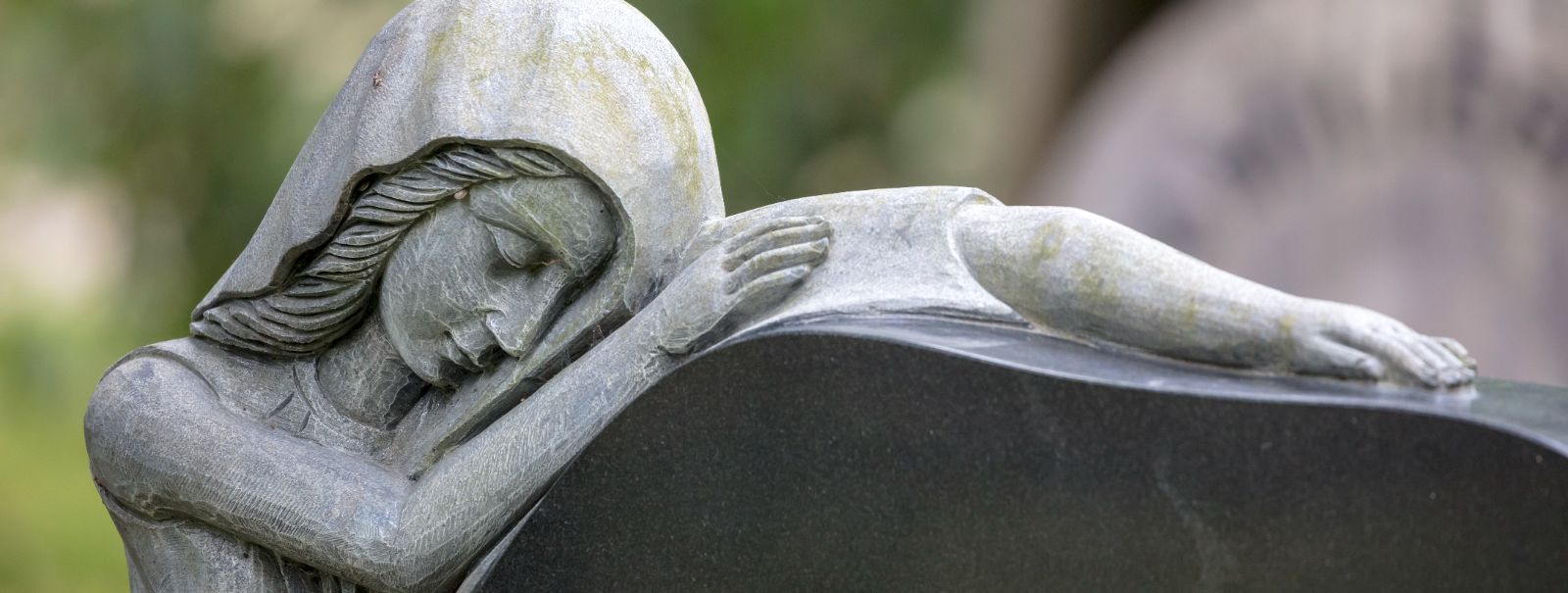Navigating grief: a guide to memorial services
Grief is a deeply personal and complex process that varies greatly from person to person. It encompasses a range of emotions that can be overwhelming and unpredictable. Understanding the stages of grief, while recognizing that they are not linear, can help individuals navigate their own unique path through loss.
Memorial services play a crucial role in the grieving process. They provide a structured opportunity for friends and family to come together, share memories, and support one another. These services also serve as a formal way to honor the life and legacy of the deceased, offering closure to those left behind.
Types of Memorial Services
Traditional funeral services often include a viewing or visitation, a formal funeral ceremony, and a graveside service. They typically follow religious or cultural customs and are designed to offer a sense of comfort and familiarity during a time of loss.
Celebration of life ceremonies focus on the joy that the deceased brought to the lives of others. These events are usually less formal and can be customized to reflect the unique personality and interests of the loved one.
For those who do not adhere to specific religious traditions, non-religious memorials offer a way to commemorate a loved one without the constraints of traditional religious practices. These services can be held in various locations and can be tailored to the wishes of the family and the individual being remembered.
Deciding between a private or public memorial service depends on the family's preferences and the wishes of the deceased. Private services may be more intimate and personal, while public services allow a larger community to pay their respects.
Planning a Memorial Service
The choice of venue for a memorial service should reflect the personality of the deceased and accommodate the needs of attendees. Options range from funeral homes and places of worship to outdoor spaces and even personal residences.
Incorporating elements such as music, readings, eulogies, and symbolic gestures can add depth and personalization to a memorial service. These components should be chosen carefully to truly honor the memory of the loved one.
Personal touches, such as photo displays, memory tables, or custom programs, can make a memorial service more meaningful. These details allow attendees to connect with the deceased on a personal level and share in the celebration of their life.
Planning a memorial service also involves practical considerations such as timing, transportation, and accommodations for out-of-town guests. Attention to these details can help ensure a smooth and stress-free experience for all involved.
After the Service: Continuing the Healing Process
Creating a lasting memorial, such as a scholarship fund or a dedicated space in a community garden, can provide a tangible way to keep the memory of a loved one alive. These memorials offer a place for reflection and remembrance for years to come.
Accessing support systems, whether through community groups, counseling, or online resources, is vital for those navigating grief. These resources can offer guidance and a sense of solidarity during difficult times.
Finally, taking care of oneself is an essential part of the grieving process. Engaging in self-care practices, allowing time for reflection, and seeking professional help if needed can all contribute to healing and finding a new sense of normalcy after loss.






Comments (0)